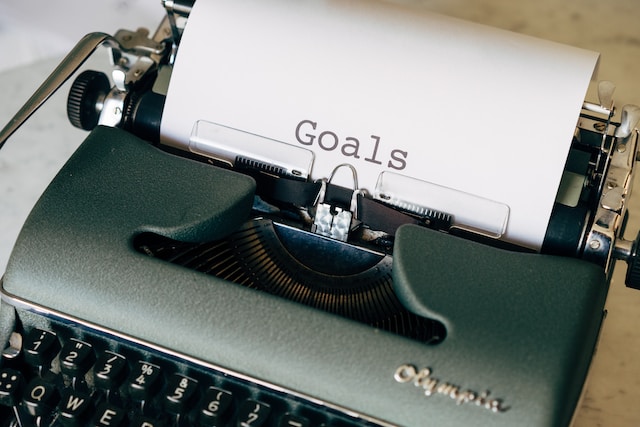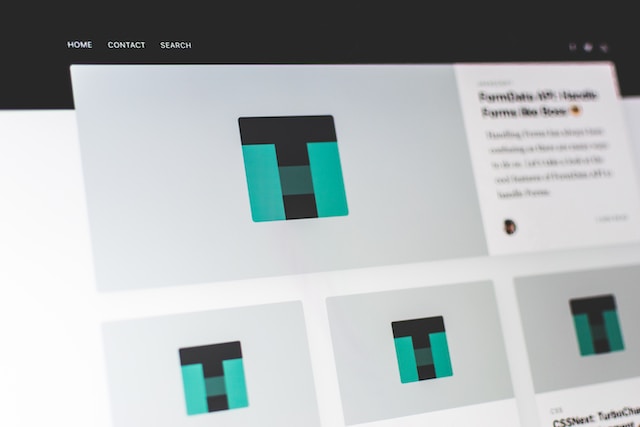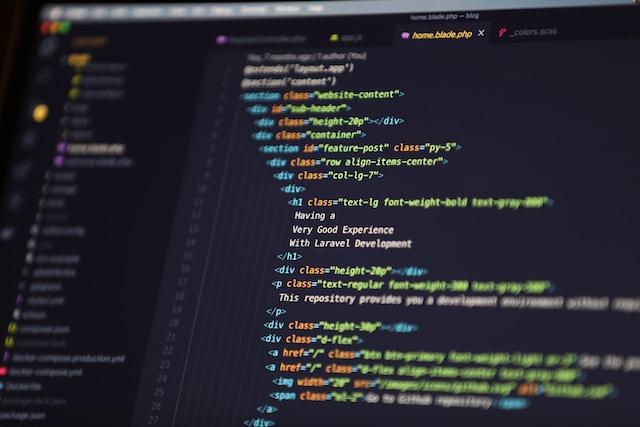18 Things To Tell Your Web Designer Before Starting A Project
Starting a website design project is an exciting journey, whether you are launching a new company website or revamping an existing brand website. However, it is important to establish clear communication to ensure a successful partnership with your web designer. In this article, we will discuss the 18 key things to tell your web designer before starting a web design project.
1. Purpose and Goals
Purpose and goals are always the most important aspects of any project. Defining the purpose of your website before any execution can help to prevent any unnecessary deviations from your ultimate goal. Whether it is a blog, a corporate website, or an e-commerce site, outline your primary and secondary goals. Conveying your aims can help the web designer make informed decisions about the functionality and user experience of your website.

2. Target Audience
Do not treat your web designer as an outsider. You must share detailed information about your target audience. Your web designer should understand the demographics and preferences of your potential users. As a result, the web designer can see every aspect of the website from a business perspective and make informed design choices. Both the business owner and web designer are responsible for creating a website that appeals directly to the right audience.
3. Branding Guidelines
Your website is an extension of your brand. It should reflect your brand identity correctly to avoid confusion. Share your branding guidelines, including color schemes, typography, logos, and any other important design elements. Consistency in branding is key for brand recognition and a cohesive user experience.
4. Functional Requirements
One of the most important aspects is to discuss the functional requirements of your website. Explain clearly to the web designer what type of website you are expecting. Is it an online store or a company website? Besides, whether it is a contact form, a booking system, or a member login, communicate your functional needs. Your designer should understand these requirements for effective planning.

5. Budget and Timeline
To plan your website project effectively without any hassle, you must communicate your budget and timeline expectations beforehand. These expectations help to set goals correctly. Based on your budget, your web designer can recommend the best approach to manage your expectations and project timelines. Remember, clarity prevents misunderstandings in the future.
6. Competitors and Inspirations
It is also important to share information about your competitors' websites and any websites you find inspiring or relevant to your industry. This can provide your designer with a clearer picture of your preferences. Discuss what you like and dislike about all these sites.
7. Mobile Responsive
Mobile responsiveness is a critical web factor in today's digital landscape. Explain your mobile responsiveness requirements with your web designer. Your designer should make sure the designed website looks well and functions flawlessly on various devices, such as mobile phones, tablets, and laptops.
8. Navigation
Describe the user flow and navigation structure you have in your mind. Explain to your web designer how the menus should be organized. Each page must have its call to action. Remember, effective navigation and user flow are key elements in enhancing the user experience.
9. SEO and Content Strategy
Effective communication about your SEO objectives and content strategy is important. Discuss what are the keywords that you want to highlight. Explain your thoughts about SEO strategies with your web designer. It is essential to coordinate your website design with your SEO goals to improve online visibility and reach your target audience. This collaboration will help your website to perform well in search engine results and drive more organic traffic to your site.

10. Security
Security is always one of the most important aspects of any website. Discuss your security requirements with your web designer. Whether you are dealing with online transactions, customer data, or sensitive information, your designer should be aware of the necessary security measures. These security measures may include SSL certificates, encryption, and other security protocols.
By addressing security right at the early stage, you can create a safer online environment for your visitors. Web safety is crucial in building trust in your brand. Additionally, it is also important to have an early plan for regular security updates and maintenance to prevent potential threats in the future. Your web designer plays an important role in ensuring the long-term security of your website.
11. Privacy Policy
You should not overlook your website's legal aspects. Discuss the need for a privacy policy and terms of use with your web designer. These policies should clarify how you handle user data and content usage. Most importantly, these policies can outline the rules and regulations that your web designer should follow while designing the website.
Ensuring compliance with privacy laws is important. If you do not know how to draft these important terms, you can seek assistance from your web designer. This step can protect the transparency and reputation of your business. By addressing this earlier, you can avoid potential legal issues and create a more transparent online experience for your visitors.
12. Maintenance
Web design is never a one-time project but an ongoing process. Discuss with your web designer how maintenance and support will be handled after the initial project is completed. Determine the level of support you will need. This step is important for keeping your website running smoothly in the long run.
13. Hosting and Domain
Hosting is where your website's data and files are stored. Domain refers to your website's unique web address. Discuss your preferences with your web designer if you need assistance in setting up new ones. Remember to clarify your hosting needs, such as server type, storage, and bandwidth.
In addition to a hosting server, you must also decide on a domain name that aligns with your brand. The domain name should also be easy to remember. Other processes such as domain registration, hosting fees, and renewal processes should also be discussed with your web designer to ensure a seamless online presence.
14. Testing and Feedback
A testing process is important in identifying and rectifying any issues to ensure a bug-free website. Discuss with your web designer to determine a timeline for the testing phase and its duration.
Communicate how you want to receive updates and provide feedback. Discuss with your web designer if you need any regular meetings, email, or project management tools.

15. Ongoing Support
Your collaboration with your web designer should not end with the project's completion. Discuss your expectations for post-launch support and maintenance. Determine the scope of ongoing support, such as software updates, security patches, and troubleshooting. Understand the designer's policies and fees for post-launch services.
16. Communication Channels
Establishing efficient communication channels between your web designer and you is extremely important. There are times when a call is effective, while there are times when a message is more than sufficient. Decide on the preferred communication methods, whether it is email, phone calls, or video conferences. You should also define the frequency of updates and progress reports. It is crucial to stay informed throughout the project.
17. Accessibility
Depending on your region or business nature, if your website needs to adhere to accessibility standards or regulations, it is important to discuss this with your web designer. Accessibility requirements are crucial in accommodating users with disabilities.
Address how you plan to make your website accessible. You can use alt texts for images, keyboard navigation, or other compliance measures. Communicating your requirements can help your web designer to design a website that is both user-friendly and inclusive for everyone.
18. Legal Agreement
Lastly, don't forget to put legal agreements in place. A well-drafted contract should outline the scope of work, payment terms, timelines, intellectual property rights, and dispute resolution procedures.

Conclusion
In conclusion, effective communication and a shared understanding of these important aspects will result in a successful website design project. By working closely with your web designer, you can look forward to a website that aligns perfectly with your vision.
Ready to get started on your web design project? Contact Appnicorn today.